SUMMARY
This is AI generated summarization, which may have errors. For context, always refer to the full article.
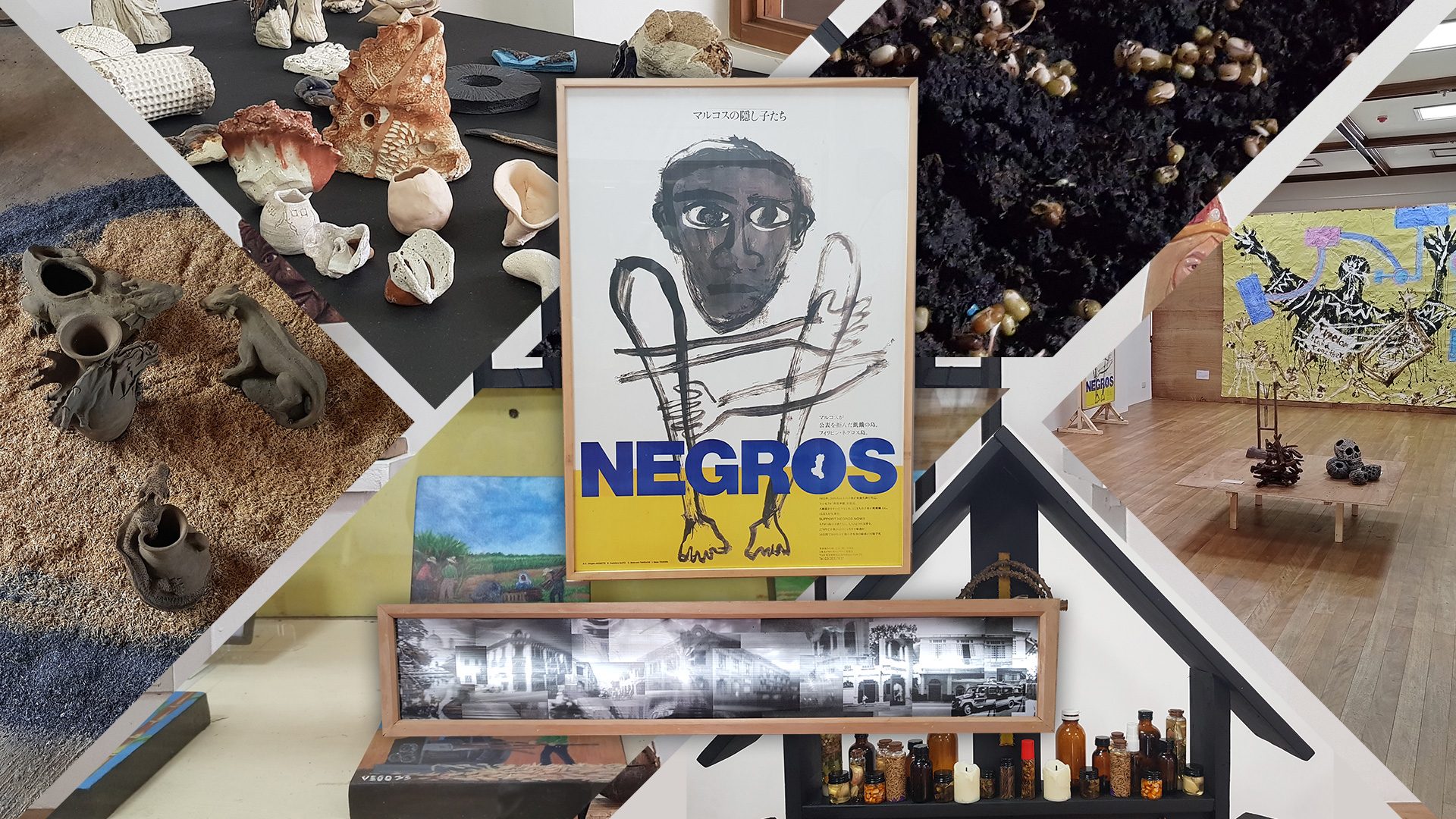
In the globalized age where a nomadic lifestyle is normalized, there is an ever-growing, parallel current that begs the question of returning to our roots. While it is difficult to pinpoint the exact location of these mythical roots, locality (a sense of belonging to the ground on which you are standing at this moment) remains a fertile field of exploration for artists. Viva EXCON 2023, titled Suba sa Iraya (“Swimming upstream” in Kinaray-a), with its historical focus on local engagements and trans-island connections in the Visayas, continues upholding this sense of curiosity about locality across different venues in two Antiqueño municipalities of San Jose de Buenavista and Sibalom. Three major reflective lenses through which the 59 selected artists’ inquisitive process manifests are the histories of materiality, religion and faith, and social realities of Antique.
Faith has long been an entry point to look at history, and certain artists in this Viva edition have chosen religious symbolisms as a way to engage with not only Antique but also their interlinked localities across the Visayas.
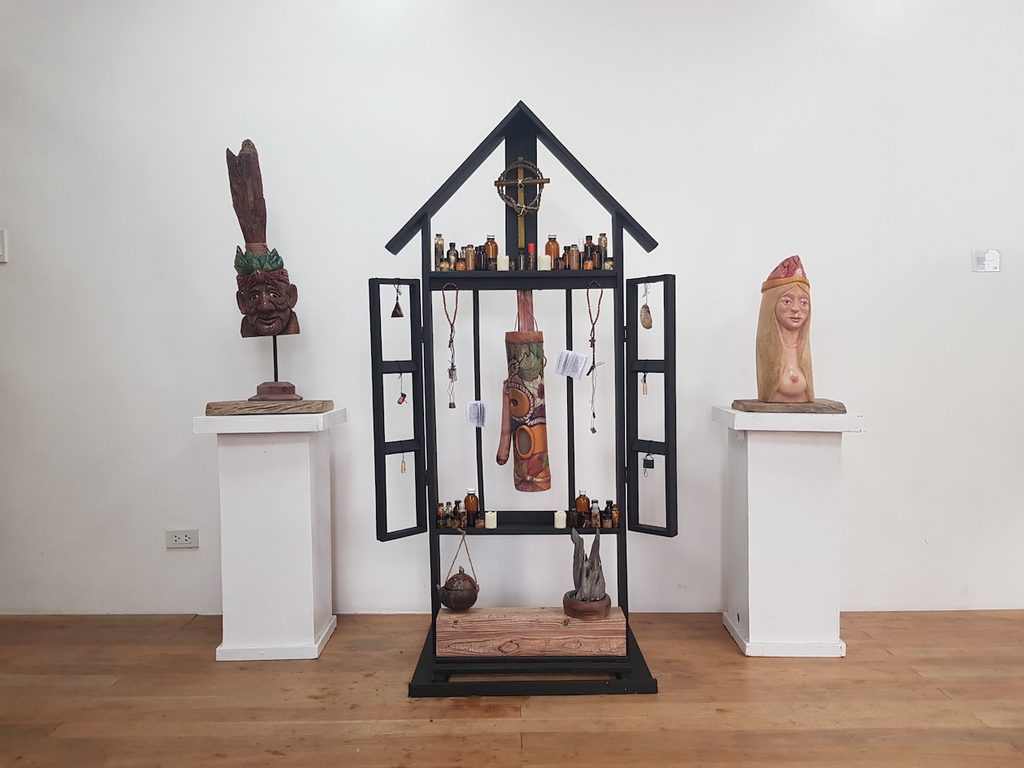
On the second floor of the municipality’s Old Capitol, Siquijor artist Junel Tomaroy constructed Tagoltagol Pang-abog Sa Dautang Espiritu (2023), a folk-Catholic prayer altar in black silhouettes that also resembles an open window, on which he showcased a litany of paraphernalia, from the Crown of Thorns and rosary beads to wood-carved instruments and bottled tinctures. Tomaroy’s installation visually dialogue with Sunday’s work, as he arranged two Siquijor folklore figures on either side of the altar, a single-breasted nymph and a jungle guardian with a broom on his head.
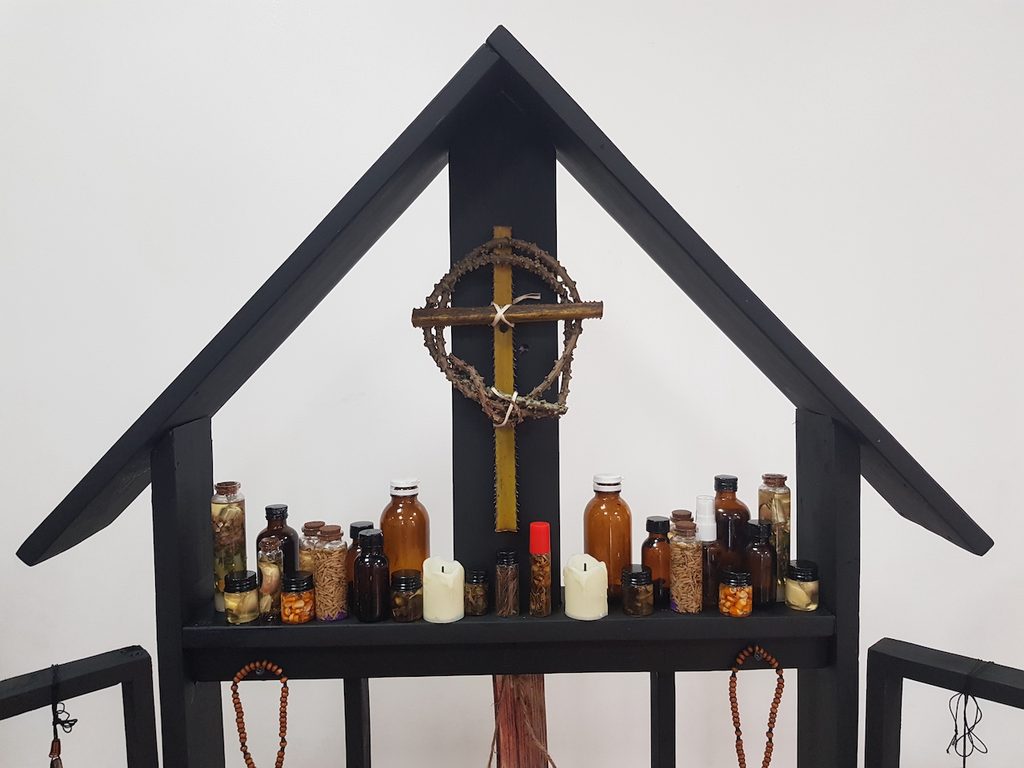
Drawing from his own spiritual practice, Tomaroy contemplated on the encounters between Christianity and Siquijor paganism (a marriage that is simultaneously harmonious and violent), and how the unorthodox pagan practices still remain palpable underneath the seemingly seamless blanket of Filipino Catholicism, alternatively concealing and revealing themselves in different localities.
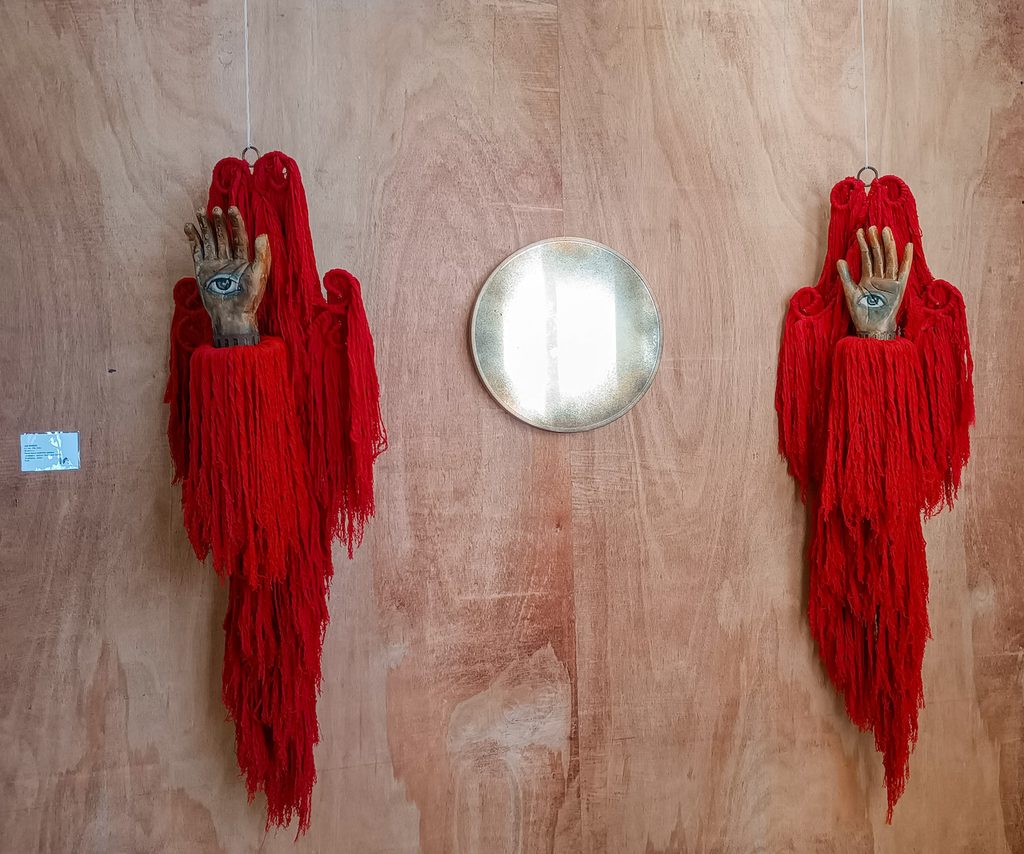
In dialogue with Tomaroy’s work, Cebuana artist Jan Sunday also weaved together an altar-like installation, titled Illumination, 2023. Red yarns sprouted like filaments from two seraphim-like figures, perched on both sides of a spray-painted, grainy mirror. Upon closer observation, the figures turn out to be old candelabra that Sunday collected from churches. On the candle holder rings, the self-taught artist placed a santo’s hand (also collected) made of Batikuling wood, on which she painted an all-seeing eye. By utilizing semi-ritualistic objects, imbued with energy from the ambience inside the church, Sunday delivered a subtle visualization of the interdependence of faiths, where our prayers interweave like red threads of fate, and our eyes and hands are called upon to reflect, and perhaps, act on them through the symbol of the opaque mirror.
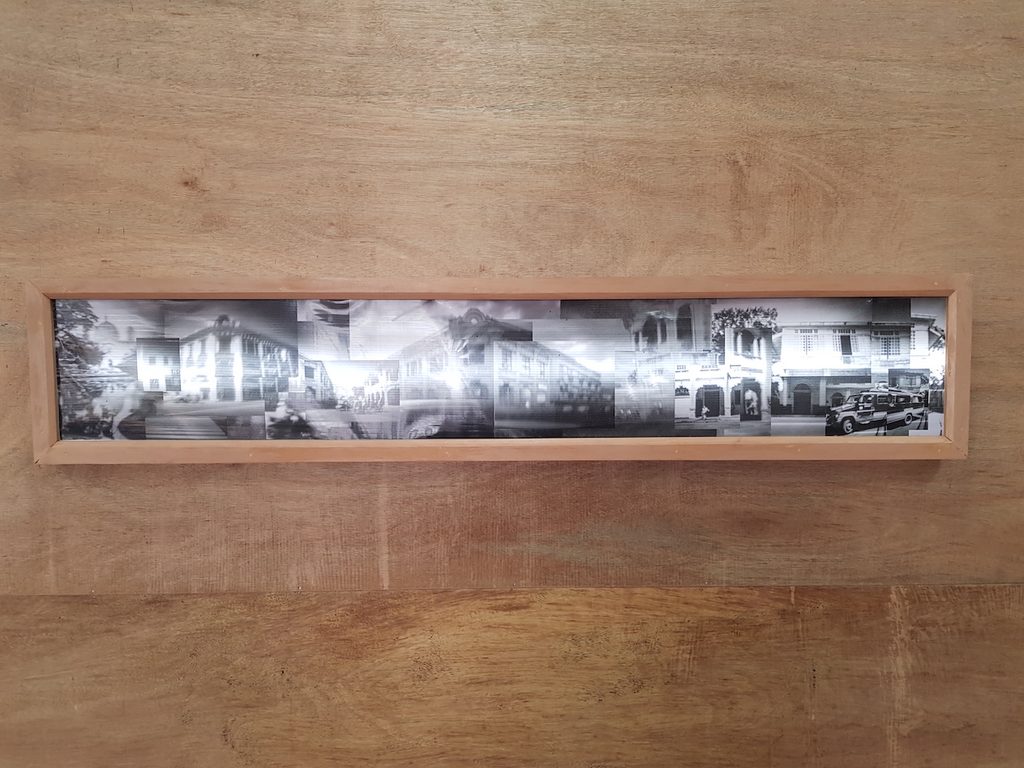
Social reality inquiry is another method with which a number of artists in Viva have chosen to look at the layered histories of Antique. Drawing from his long-standing photographic interests, artist Aeson Baldevia (Silay, Negros Occidental) engaged with the archival photographs taken by Antique-born Felix Laureano, widely regarded as the first Filipino professional photographer. Using the pinhole method, in tandem with a digital camera and digitally manipulated stitching, Baldevia transformed Laureano’s experimental black-and-white photography of 19th century Iloilo cityscapes into Whispers of Light: A Homage to Félix Laureano (2023), a panoramic collage printed on panaflex (a material popularly used for signage printing in the country), then mounted it on top of a lightbox. By printing historical memories on an industrial material, the artist explored the visual interconnections between past and present, as well as the subterranean shifts in urban environments of the Visayan region.
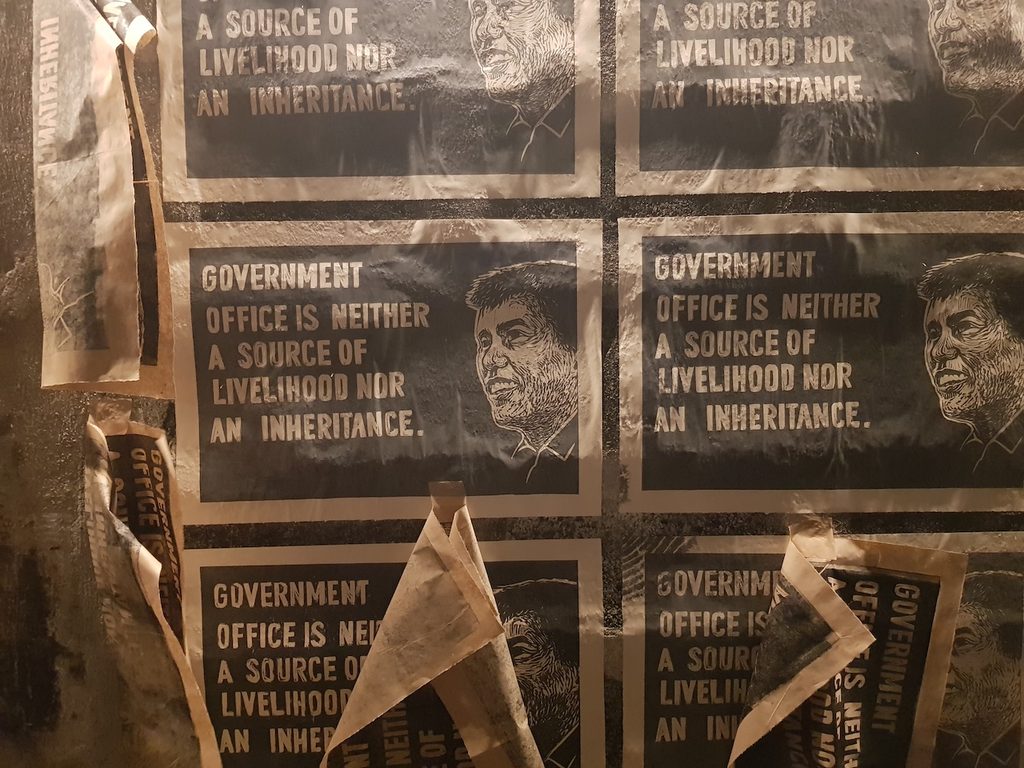
Taking a more direct approach in her engagement with Antique’s political histories, Boholana artist Gabi Nazareno has tackled an important Antiqueño politician, the assassinated governor Evelio Javier, whose challenge against the Marcos dictatorship and untimely murder in 1986 was one of the catalysts for the People Power Revolution. Employing the dispersive medium of print, Nazareno invited the Viva participants to mass-produce two images: a rubber-cut relief print of Javier’s portrait along with his famous quote and a human target used in shooting practice. Choosing newsprint and ink – readily-sourced materials that give a nod toward newspaper’s capacity to spread information – the Bohol artist expressed the reverberating impacts of Javier’s beliefs in current Filipino political contexts and the importance to keep his resistant spirit alive through distributive prints.

Materiality is another portal through which the Viva artists dialogue with Antique’s localities, prominently seen in the works of two artists, Ronyel Compra (Bogo City, Cebu) and Jana Jumalon (Dumaguete, Negros Occidental), who engaged with different soil-based practices from the province. Compra created an installation in a secluded corner of the Aldea junction warehouse, titled taymsâ (2023), where he stretched a banner made of white textile between banana groves, on which he put soil and planted monggo seeds, waiting for them to sprout.
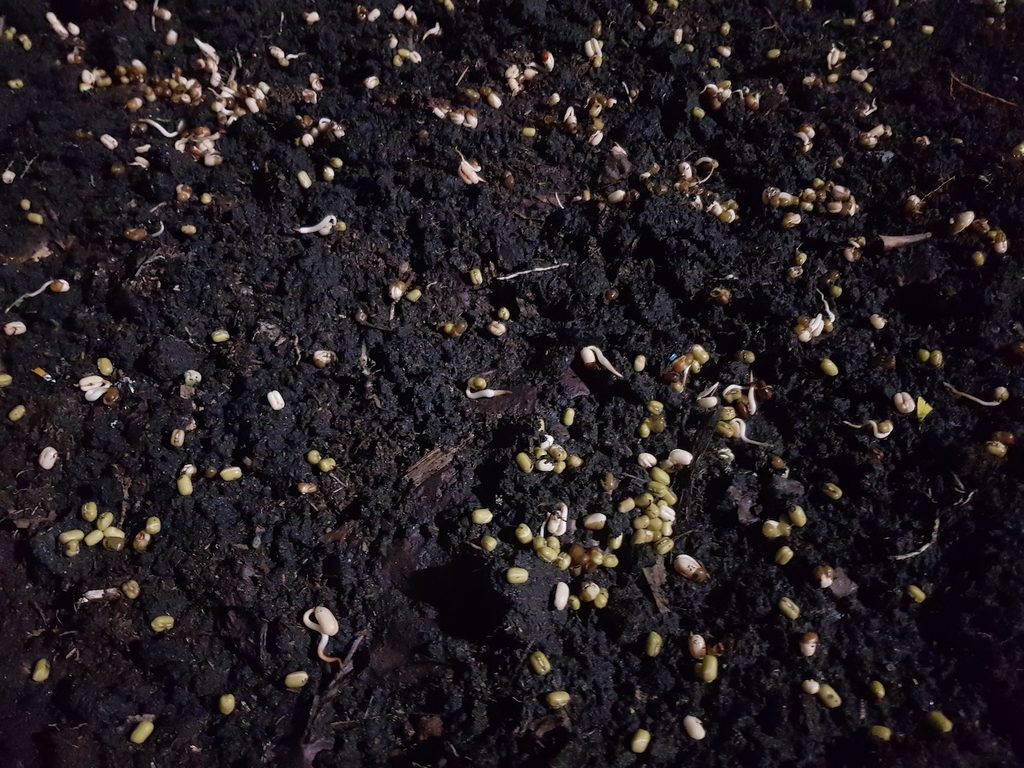
The artist shared his feelings about issues of food scarcity that resonate across more secluded municipalities, as well as his hope for a full meal during COVID, as seen through the germinating monggo (a staple food for any working class family).
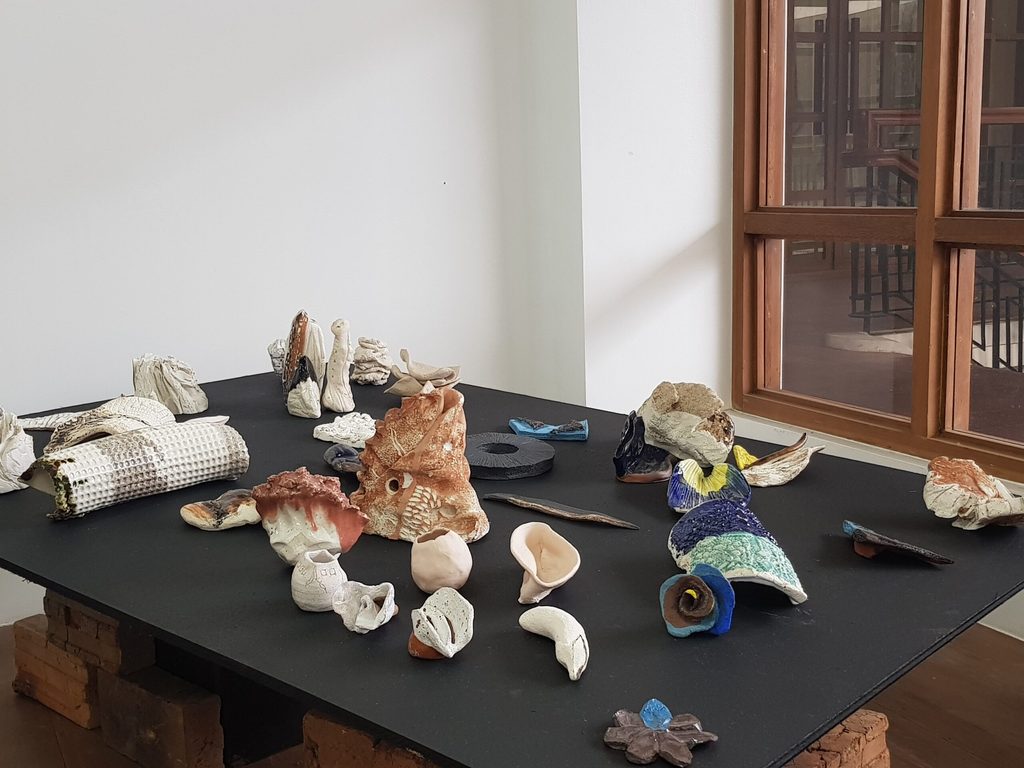
In comparison, Jumalon took a more direct approach, as she openly interacted with the Bari potters at the Pottery Center in the University of Antique to join and witness their open-pit firing technique of earthenware. Her collaboration with the potters focused on experimenting with terracotta pieces that break away from pottery’s traditions. This welcomed playfulness resulted in miniature figurines of flora and fauna or liberating abstract shapes.
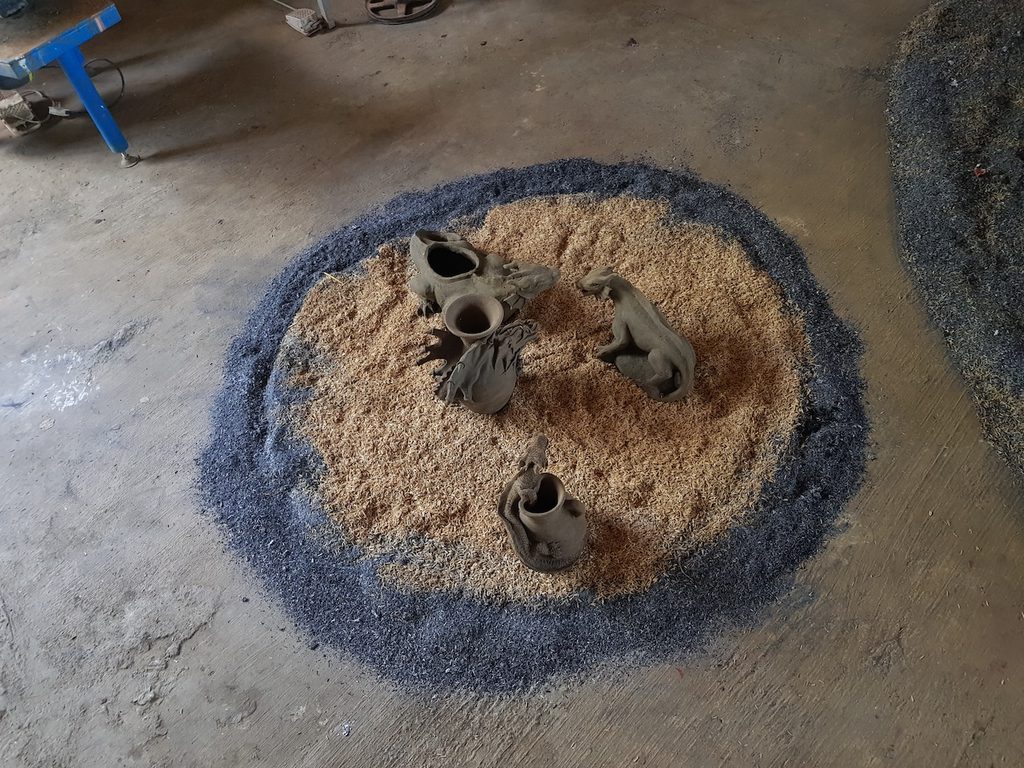
Her multi-part installations in both the Capitol and the Pottery Center, titled Lutaw (2023), bore testimony to the creative liberation born through collaborative fires between local artisans and a ceramic artist.
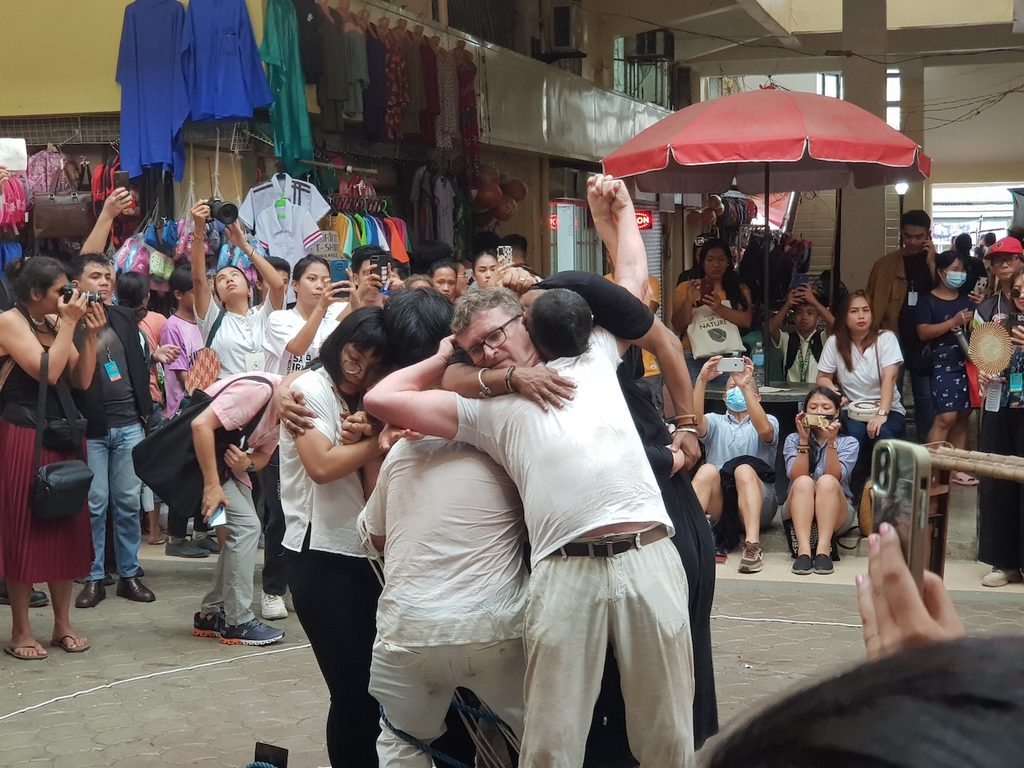
In addition to the artists from the islands, regional artists and curators are also invited to respond to Visayan localities. Myanmar artist Zoncy, a member of the collective Transnational Coalition for the Arts, staged a series of individual and group performances that calls for democracy and freedom of expression for artists. In her public performance at San Jose Business Park, Zoncy could be seen needling through the crowd, her unassuming presence could only be perceived through her constant juggling and banging of an ax and a machete – metaphors for not only protest violence but also the treacherous ‘double-edged sword’ that is a corrupted government – essentially connecting the struggle for freedom in Myanmar with the Philippines.
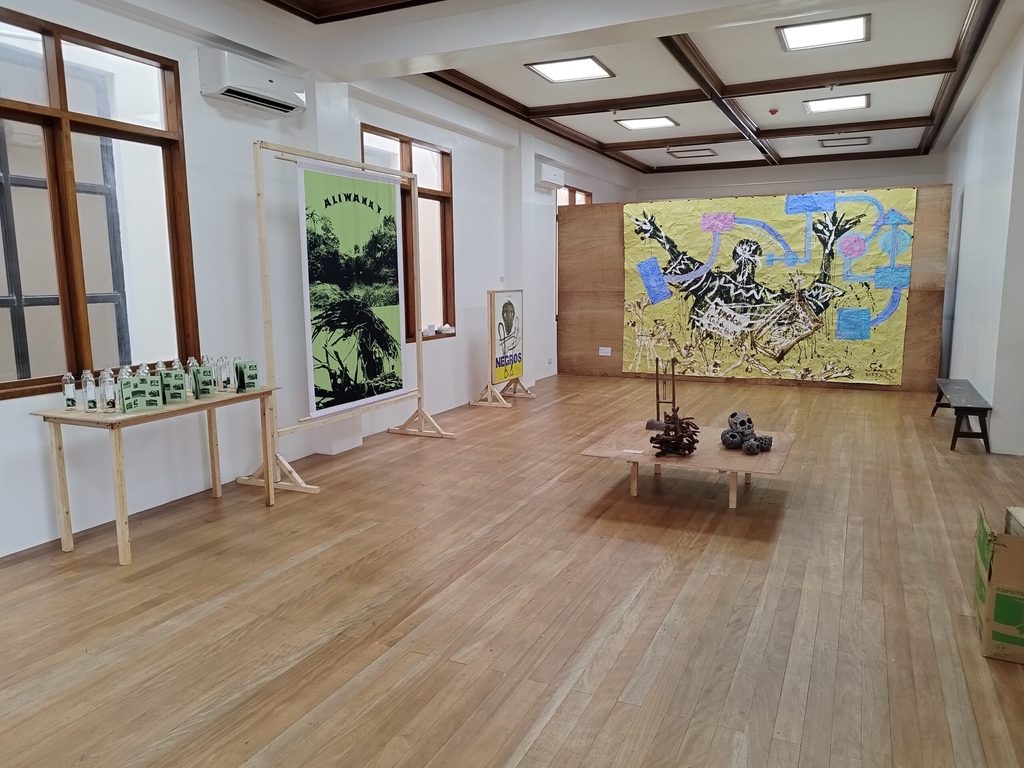
In addition to the artists from the islands, regional artists and curators are also invited to respond to Visayan localities. Osaka curator Mayumi Hirano also delivered Panultol, an exhibition that looked in depth at the linkages between Japan and the Philippines, particularly when a member of the Black Tent theater group in Japan expressed solidarity with the call from artists Nunelucio Alvarado and Norberto Roldan of the Visayan collective Black Artists in Asia (BAA) to address violations of human rights in Negros sugar cane plantations, which had led to a man-made famine in 1986.
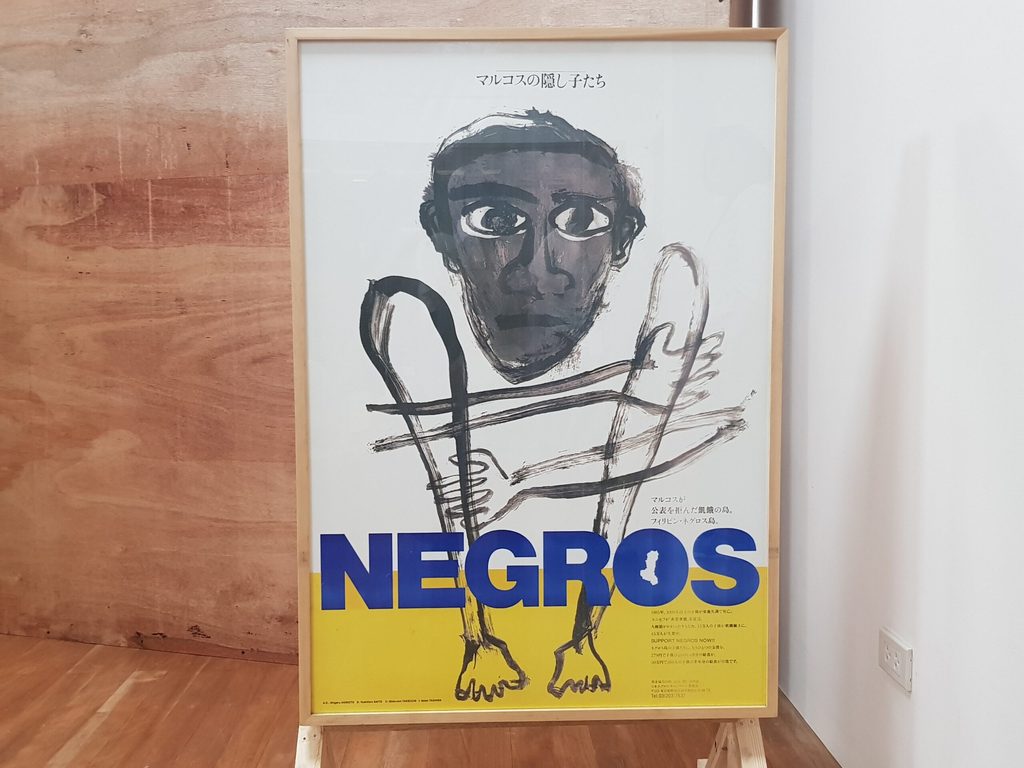
Through a thoughtfully-selected list of artworks from both Japan and the Visayas, such as a series of six acrylic mini-paintings by Antique artist Ramuel Vego depicting sugar farms (in fact, many farmers who suffered on the Negros plantations were from Antique), or a poster drawn by Japanese artist Seizo Tashima to support the Japan Committee for Negros Campaign (initiated by the aforementioned Black Tent artist), Hirano sought to unpack the nuances of this traumatic event that brought the two countries closer.
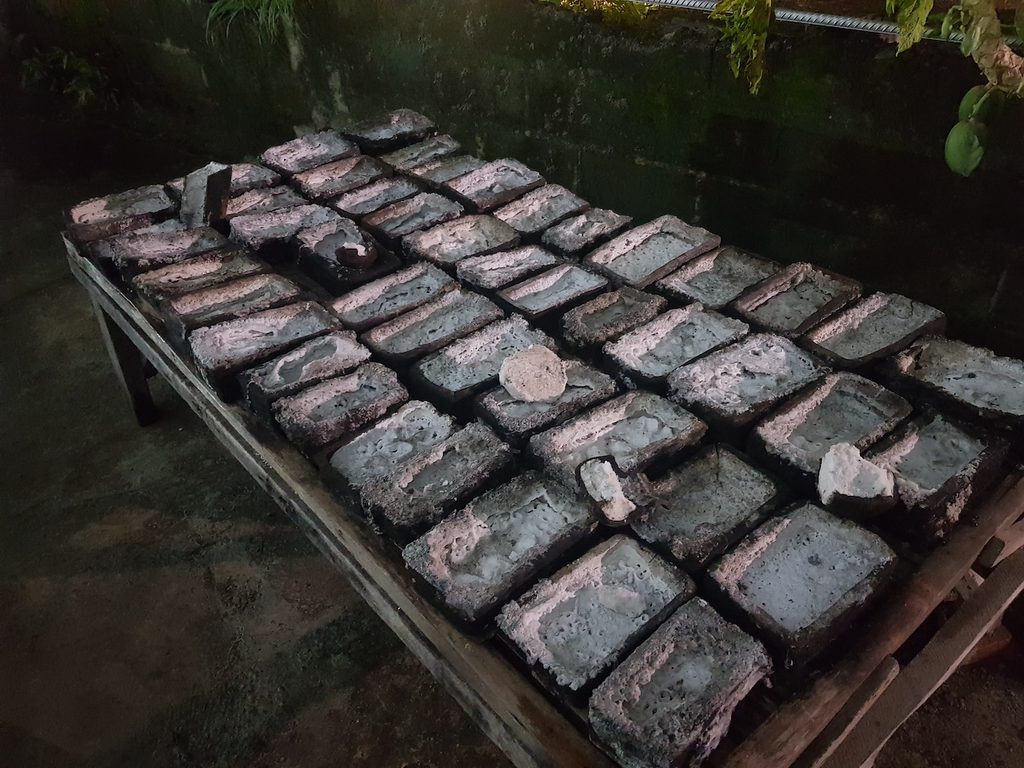
Finally, Dinh Thao Linh and Kieu-Anh Nguyen, two members of the Hanoi-based collective ba-bau AIR, directly engaged with local communities: the blacksmith of Brgy. Odiong and potters of Brgy. Bari in Sibalom, Antique and a prior research with the salt artisans of asin tultul in Jordan, Guimaras Island. During their inaugural AIR-Asia residency, a Green Papaya Art Projects initiative, they explore a variety of methods to recreate a broader landscape of speculation on labor and nature, as well as honor the traditional trades of these communities, which culminate in a site-specific, eclectic installation at Aldea Warehouse that consists of deformed salt bricks, large-scale metal tools, and space intervention. Through their experimentations with the potentials of metal form as well as saltwater as a medium to archive memories, Nguyen and Dinh also forged deep bonds with the communities that they worked with, inviting them to be an integral part of not only their installation but also the extended Viva EXCON Antique.
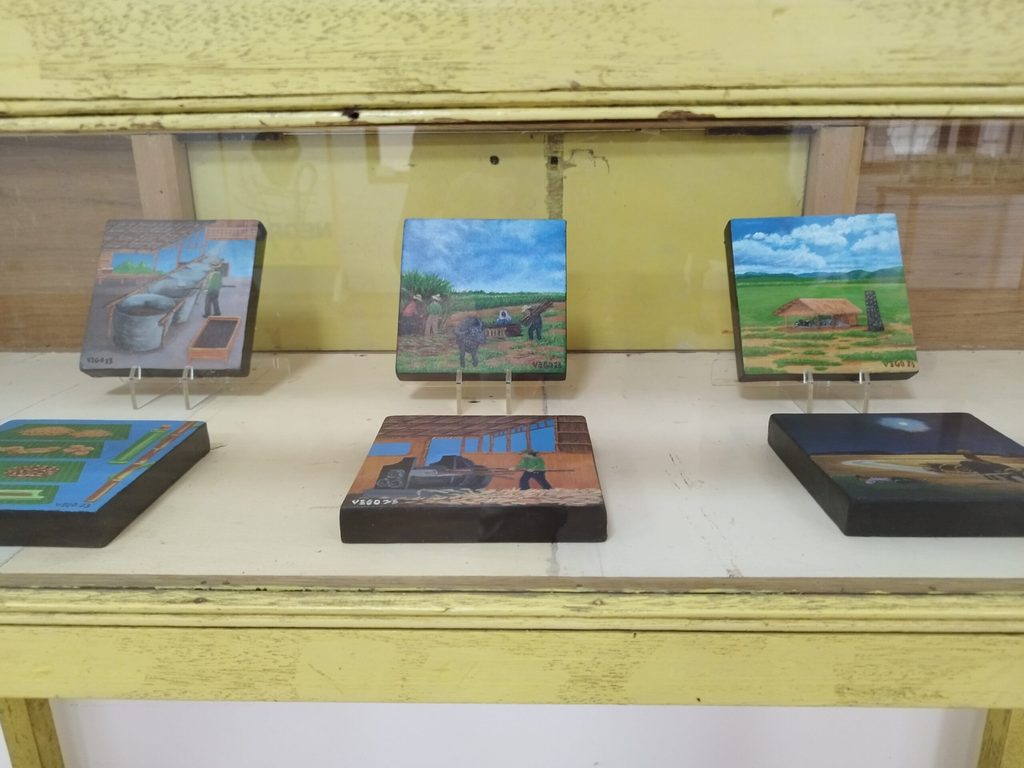
Overall, Viva EXCON Antique was a journey upstream. Against the many setbacks in terms of resources, infrastructures, and experiences, the curatorial team Alice Sarmiento, Jay Nathan T. Jore, and Allyn Canja, with the artistic and curatorial direction of Green Papaya Art Projects, as well as the extended organizational teams of Antique Visual Arts Association (AVAA) this year have created enclaves of artistically immersive exhibitions across Antique, facilitated the opportunities for the artists to respond to layers of Antiqueño and Visayan histories, and invited different communities across San Jose and Sibalom to join the programs and fiestas – which solidifies the ethos of local connections and inter-island engagements of Viva. – Rappler.com
Hùng Dương is an independent art translator and writer. He has contributed exhibition reviews, visual maker interviews, and long-form analytical essays on Vietnam and Southeast Asia for multiple contemporary art platforms, including artforum, ArtAsiaPacific, and Art & Market (Singapore).
Add a comment
How does this make you feel?

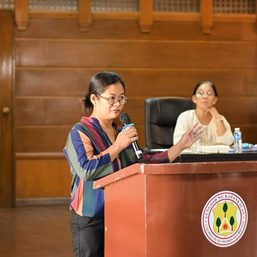
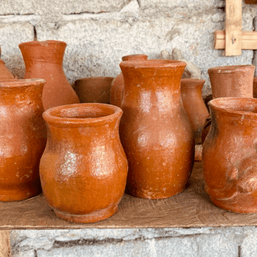


There are no comments yet. Add your comment to start the conversation.